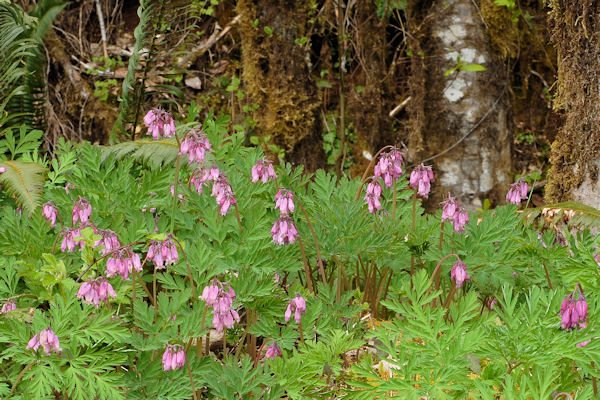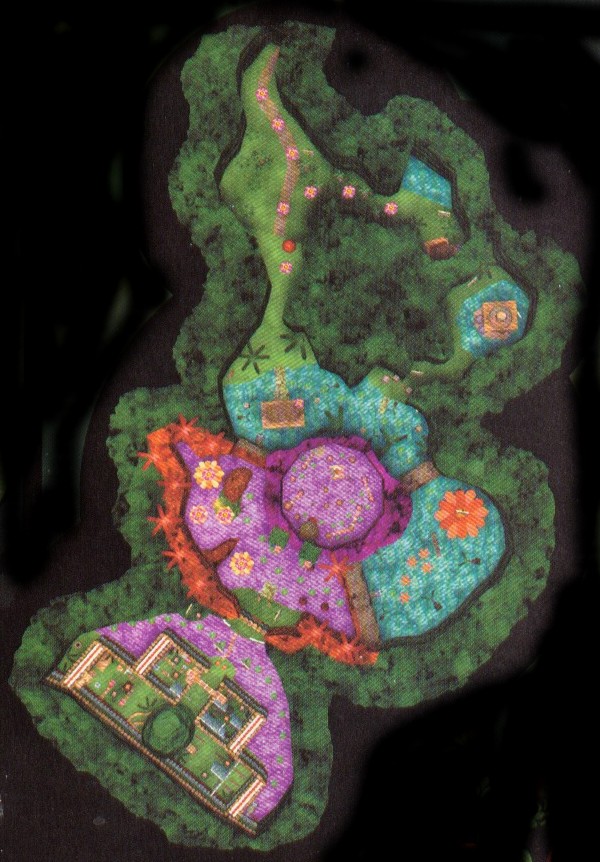

Some of the most significant issues during the drilling and cutting of purpleheart can be identified with plane cutting and the temperature of the tools during processing. Natural luster is high, with straight grain that looks visually great, but it can cause some issues during cutting and drilling.

This color change can be reduced by coating purpleheart wood with an anti-UV coating or by sanding. This change is closely connected with the presence of ultraviolet rays which change the top layer of the wood. The internal structure of purpleheart wood consists of greyish-purple hardwood that slowly, over time, changes its color to violet purple and eventually to deep purple. Since the qualities of this lumber have caused increased levels of lumber exploitation, several countries have imposed strong laws for cutting and processing this beneficial type of lumber that is so strong that it can be easily used for strenuous industrial construction work such as scaffolding, paneling, and flooring in areas that are regularly placed under a lot of physical stress (such as floors of heavy cargo trucks). It is best known for its amazing grain pattern and unique color that can rarely be found in other wood types. Purpleheart is an incredibly strong and durable type of wood, originating from the Peltogyne genus of 23 species of large trees that can be found growing natively on the territory between Mexico and Brazil. As of 2017, Purpleheart is not listed on the IUCN Red List of Threatened Species. As of today, Purpleheart trees are not commercially cultivated, and their harvest is regulated by law in Panama and Costa Rica to prevent overexploitation. The most popular type of Peltogyne genus is Peltogyne purpurea, commonly known as purpleheart or nazareno, famous for its bright purple heartwood with dark stripes. But even with that hassle calculated, the amazing visual appeal and strength of Purplewood make it one of the most exotic trees originating from Central and South America. However, such hardiness and natural oils that are hidden inside its structure can take a toll on processing equipment, dulling the saw edges and clogging up cutting and drilling tools with its resin. Purpleheart is so strong it can easily be considered one of the strongest and densest trees available on the market. One of the defining characteristics of Purpleheart wood is the strength, density, and durability of its lumber structure. The majority of all Purpleheart trees currently in existence are located in the Amazon Basin. Purpleheart trees are famous for having small flowers with five petalsand a pod-shaped fruit that contains a single seed. Originating from the territories of Central and South America, these tropical rainforest trees can most commonly be found in the rainforests of Brazil, Suriname, and Guyana (and also in countries such as Panama, Costa Rica, Trinidad, and the Mexican state of Guerrero) where they can grow to the impressive size of up to 30 to 50 meters (100–170 ft) with trunk diameter of up to 1.5 meters (5 ft). Purpleheart trees are part of the Peltogyne, a genus consisting of currently 23 known species of flowering medium to very large plants in the Fabaceae family. For more information, go to /deep-water.Purpleheart Wood - Characteristics, Uses and Types Submissions to Deep Water are open now and through the end of the year. “Crossing,” copyright 2012 by Karin Spitfire, was originally published in Trivia: Voices of Feminism. Deep Water: Maine Poems is produced in collaboration with the Maine Writers & Publishers Alliance. Megan Grumbling is a poet and writer who lives in Portland. You’ll find a link to submit in the credits below.

Deep Water is especially eager to share poems by Black writers, writers of color, Indigenous writers, LGBTQ writers, and other underrepresented voices. Poets, please note that submissions to Deep Water are open through the end of the year.


 0 kommentar(er)
0 kommentar(er)
